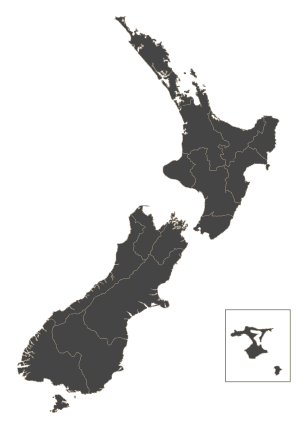2025 Nationwide test of the Emergency Mobile Alert system
Sunday 25 May - last updated 7:11 pm
A nationwide test of the Emergency Mobile Alert system was run on the evening of 25 May 2025. You do not need to do anything in response to this test.
Outside of scheduled tests, Emergency Mobile Alerts are sent when there is a serious threat to life, health, or property. They are an additional way to help keep you safe, and don’t replace the other ways you can stay informed during an emergency, such as:
- Radio - A solar or battery-powered radio (or your car radio) can help you keep up to date with the latest news. Most major radio stations have signed an agreement with us to broadcast emergency messaging if a state of emergency is declared.
- Online - For local updates, check your council’s website, as well as your local Civil Defence Emergency Management Group’s website and social media accounts. National updates will be available on this website.
Remember, the next Emergency Mobile Alert you receive may not be a test, and some emergency events happen faster than an alert can be written, so you may not get one at all.
Make sure you’re prepared by:
- Talking about the impacts of different emergency events – how could they affect you and your whānau, and what plans can you put in place in your household, school, work, or marae to minimise their effects?
- Learning to spot natural warnings – if you experience either of the signs below, take immediate action, and don’t wait for an official warning first:
- Feel an earthquake that is long (over 1 minute) or strong (where it’s difficult to stand up) – get gone and move to higher ground if you’re by the coast.
- See rising flood waters – head to higher ground immediately, and never try to walk, swim, or drive through them.
If you have any feedback about this EMA system test, please fill out our feedback survey. Information collected in this survey helps us make ongoing improvements to the system.
Share

